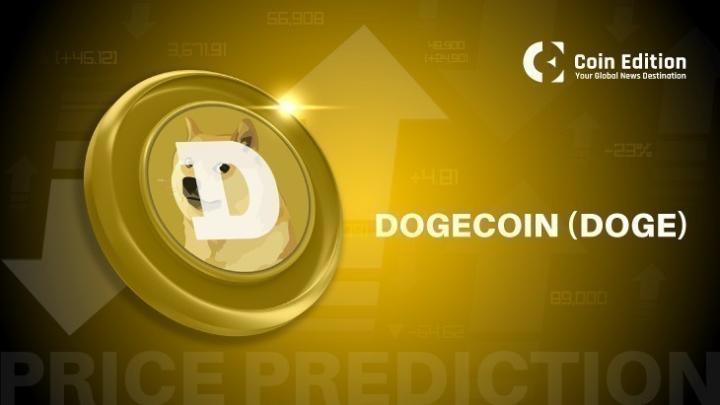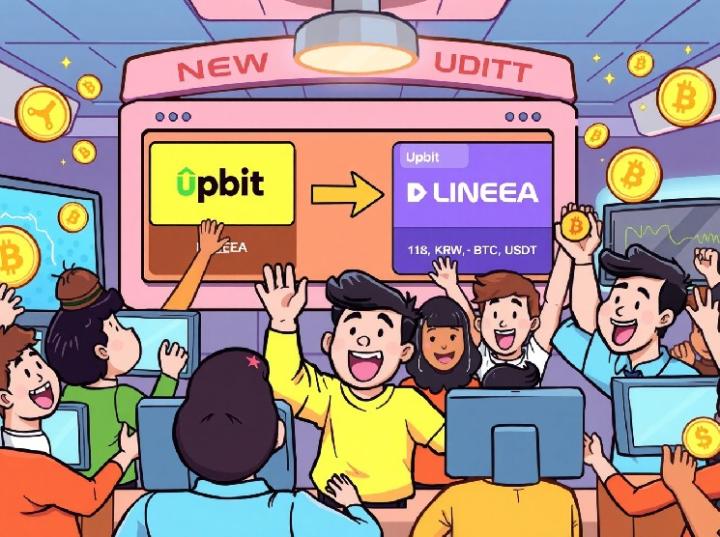With the rapid development of blockchain technology, creating and issuing tokens has become a critical requirement in the Web3 landscape. GTokenTool, a leading one-click token issuance platform , provides simple and efficient tools for quickly issuing tokens on multiple public chains, including Morph, Solana, TON, BSC, and Ethereum. This tutorial will detail how to use GTokenTool to create three types of tokens on the Morph blockchain: **Standard Token**, **Fee Token**, and **314 Token**. Whether you're a blockchain novice or an experienced developer, this tutorial will help you get started easily.
1. Introduction to GTokenTool and Morph
1. GTokenTool Platform Overview
GTokenTool is a powerful Web3 tool platform focused on providing code-free token creation, management, and distribution services. The platform supports multiple public chains, including Morph, Solana, Binance Smart Chain (BSC), and Ethereum, and offers features such as token creation , batch transfers , market capitalization management , and NFT minting . Its core advantages include:
- Code-free operation: Through a visual interface, users can create tokens without programming.
- Multi-chain support: supports multiple mainstream public chains such as Morph, with high flexibility.
- Low cost: Compared with other platforms, GTokenTool’s token creation and airdrop fees are lower.
2. Introduction to Morph Blockchain
Morph is a high-performance blockchain network designed to provide an efficient and low-cost transaction environment for decentralized finance (DeFi), NFTs, and Web3 applications. As an emerging public chain, Morph has attracted developers and project owners with its fast transaction confirmations and low gas fees. GTokenTool now supports Morph, allowing users to quickly issue tokens on the Morph chain to meet diverse project needs.
3. Supported Token Types
GTokenTool supports the following three token types on the Morph chain:
- Standard token: The most common type of token, suitable for general projects, with functions including transfer, holding and trading.
- Transaction fee tokens: A certain percentage of transaction fees is collected through transactions, which can be used for project fund repatriation or incentive mechanisms.
- 314 Model Token: An innovative token model (the specific mechanism may vary depending on the platform definition, usually involving dividends for token holders, LP dividends, etc.), suitable for projects that require complex economic models.
2. Preparation
Before you start creating tokens, you need to complete the following preparations:
- 1. Create and configure a wallet
- Download and install a wallet that supports Morph Chain, such as MetaMask, TokenPocket, or Phantom (Morph Chain compatibility must be confirmed).
- Add the Morph network to your wallet.
- Make sure you have enough Morph native tokens (such as MOR) in your wallet to pay for gas fees.
- 2. Visit the GTokenTool platform
- Open your browser and visit https://token.gtokentool.com
- Ensure a stable network connection. We recommend using Chrome or Firefox for the best experience.
- 3. Understand token parameters
- Token name: For example, "MyToken". It is recommended to be concise and relevant to the project.
- Token symbol: such as "MTK", usually 3-5 characters.
- Total Supply: Determines the total number of tokens issued (e.g. 100,000,000).
- Decimal places: Usually set to 6–18 digits, with 18 digits being the most common.
- Permission settings: Decide whether to retain update permissions (such as modifying token information) or minting permissions (issuing additional tokens).
3. One-click coin issuance process
The following are the detailed steps for creating tokens on the Morph chain using GTokenTool, which are divided into the creation process of standard tokens, fee tokens, and 314 mode tokens.
1. Create a standard token
Standard tokens are the most basic token type and are suitable for scenarios that require simple transfer and transaction functions.
step
- 1. Log in to the platform and connect your wallet
- Open https://token.gtokentool.com and click the “Connect Wallet” button.
- Select your wallet (such as MetaMask) and confirm the connection to the Morph mainnet.
- Make sure your wallet has switched to the Morph network.
- 2. Enter the token creation page
- On the GTokenTool homepage, click the “Token Creation” or “Create Token” option.
- Select "Morph" as the target blockchain.
- 3. Fill in token information
- Token Name: Enter "MyToken" for example.
- Token symbol: Enter "MTK" for example.
- Total Supply: Enter the total number of tokens, such as 100,000,000.
- Decimal places: 18 digits are recommended.
- Permission Settings: Choose whether to retain "Mint Authority" or "Update Authority". For long-term operation, it is recommended to retain permissions with caution.
Press enter or click to view image in full size

- 4. Upload token icon (optional)
- Upload the token logo (supports PNG, JPG, and GIF formats, recommended size is 200x200 pixels).
- Make sure the icon complies with Morph Chain requirements so that it can be displayed properly in wallets and exchanges.
- 5. Confirm and pay the gas fee
- Preview the token information to ensure it is correct.
- Click “Create Token” to confirm the transaction and pay the Morph chain’s gas fee.
- Wait for the transaction to be confirmed (Morph Chain usually completes this within a few seconds).
- 6. Verify Tokens
- After the token is created, the platform will return the token's contract address.
- Enter the contract address in a Morph blockchain browser (such as Morph Explorer) to verify the token information.
Precautions
- Please ensure that the token information you enter is accurate. If you revoke the update permission after creation, you will not be able to modify the name or symbol.
- Save the token contract address and private key and never disclose them.
2. Create fee tokens
Fee tokens collect fees through transactions and are suitable for projects that require capital repatriation or incentive mechanisms.
step
- 1. Enter the fee token creation page
- On the "Token Creation" page, select the "Fee Token" mode.
- Confirm that the network is the Morph mainnet.
- 2. Set the fee parameters
- Transaction fee ratio: such as 2%-5%, the fee ratio charged for each transaction.
- Fee receiving address: Specify the wallet address to receive the transaction fee (usually the project wallet).
- In addition to filling in the basic information of the standard token (name, symbol, total supply, etc.), additional settings are required:
- You can choose whether to enable the "auto reflow" function to redistribute the transaction fees to the holders.
- 3. Confirmation and deployment
- Check all parameters and click “Create Token”.
- Use your wallet to sign the transaction and pay the gas fee.
- After deployment is complete, record the token contract address.
Precautions
- The handling fee ratio must be set reasonably; a too high ratio may affect the liquidity of tokens.
- Ensure the fee receiving address is safe to avoid loss of funds.
3. Create 314 mode tokens
The 314 model token is a token with a complex economic model, which may involve dividends for holders, LP dividends or other incentive mechanisms.
step
- 1. Select 314 mode
- On the Token Creation page, select 314 Mode Token.
- Confirm that Morph Chain supports this mode (if not, consult the GTokenTool community).
- 2. Configure 314 mode parameters
- Dividend ratio: The dividend ratio that can be obtained by holding tokens.
- LP dividends: whether to distribute liquidity pool profits to holders.
- Locking mechanism: whether to lock some tokens to support long-term operations.
- In addition to basic token information, you need to set:
- Adjust parameters according to project needs to ensure the sustainability of the economic model.
- Deploy tokens:
- Preview the settings and click “Create Token”.
- Use your wallet to pay the gas fee and wait for the transaction to be confirmed.
Notes:
- 314 model tokens involve complex smart contract logic, and it is recommended to perform multiple simulations on the test network.
- Before deployment, consult the GTokenTool community to ensure that the parameter settings are as expected.
Token Issuance and Management
After creating your token, you need to release it to a decentralized exchange (DEX) or conduct an airdrop to increase circulation.
- DEX listing:
- Create a liquidity pool on a DEX supported by the Morph chain (such as the Morph version of PancakeSwap and UniSwap).
- Ensure there is sufficient MOR and tokens available for adding liquidity.
- Use GTokenTool’s “Manage Liquidity” tool to simplify the liquidity pool creation process.
- Batch airdrop:
- Use the “Batch Airdrop” function of GTokenTool to distribute tokens to the target address.
- Upload the receiving address list (Excel or CSV format), set the airdrop quantity, and pay the gas fee to complete.
- Pre-sale and IDO:
- Use the "Pre-sale" function of GTokenTool to set token pre-sale rules (such as price and lock-up period).
- Promote pre-sales through the community to attract investors to participate.
2. Token Management
- Update token information:
- If you retain the update permission, you can modify the token name, logo, or social links through the "Token Management" page of GTokenTool.
- Market value management:
- Use GTokenTool’s “Volume Bot” or “Market Cap Management Robot” tools to optimize the market performance of your tokens.
- Token destruction:
- If you need to reduce the circulating supply, you can use the "Burn Token" function to permanently destroy some tokens. Note: The burn operation is irreversible, so proceed with caution.
5. Notes and Optimization Suggestions
- 1. Security
- Never disclose your wallet private key or seed phrase.
- Use a hardware wallet (such as Ledger) to store large amounts of assets.
- Check the Morph chain browser regularly to ensure that there are no abnormalities in the token contract.
- 2. Testnet Verification
- Simulate token creation and management on the Morph testnet to ensure the process is correct.
- Testnet operations do not require real funds and are suitable for beginners to practice.
VI. Summary
Creating tokens on the Morph Chain using the GTokenTool platform is a simple and efficient process. Whether creating a standard token, a fee token, or a 314-mode token, it can be quickly implemented through a code-free interface. This tutorial details the preparation, creation process, publishing steps, and precautions to help you build your own blockchain project from scratch. GTokenTool's low cost, active community, and multi-chain support make it an ideal choice for Web3 developers.




